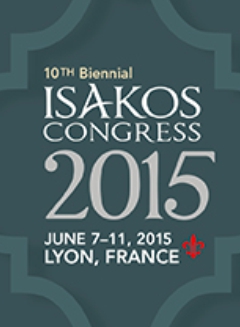
ISAKOS 2015:Donor site morbidity lower in controlled tendon division in ACL reconstruction

ISAKOS 2015:Donor site morbidity lower in controlled tendon division in ACL reconstruction
Hamstring Pain and Muscle Strains Following ACL Reconstruction : A Prospective, Randomised Trial Comparing Hamstring Graft Harvest Techniques
CONFERENCE ACE REPORTS
This ACE Report is a summary of a conference presentation or abstract. The information provided has limited the ability to provide an accurate assessment of the risk of bias or the overall quality. Please interpret the results with caution as trials may be in progress and select results may have been presented.
Synopsis
34 patients were randomized to receive either a controlled division or a forceful stripping of the hamstring tendon to be used as a graft in anterior cruciate ligament (ACL) reconstruction. The goal of this study was to determine if controlled division reduced donor site morbidity in an ACL reconstruction. The results indicated that controlled division results in a lower pain score and incidence o...
To view the full content, login to your account,
or start your 30-day FREE Trial today.
FREE TRIAL
LOGIN
Forgot Password?
Explore some of our unlocked ACE Reports below!

Learn about our AI Driven
High Impact Search Feature
Our AI driven High Impact metric calculates the impact an article will have by considering both the publishing journal and the content of the article itself. Built using the latest advances in natural language processing, OE High Impact predicts an article’s future number of citations better than impact factor alone.
Continue



 LOGIN
LOGIN

Join the Conversation
Please Login or Join to leave comments.